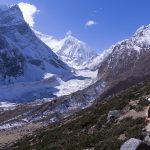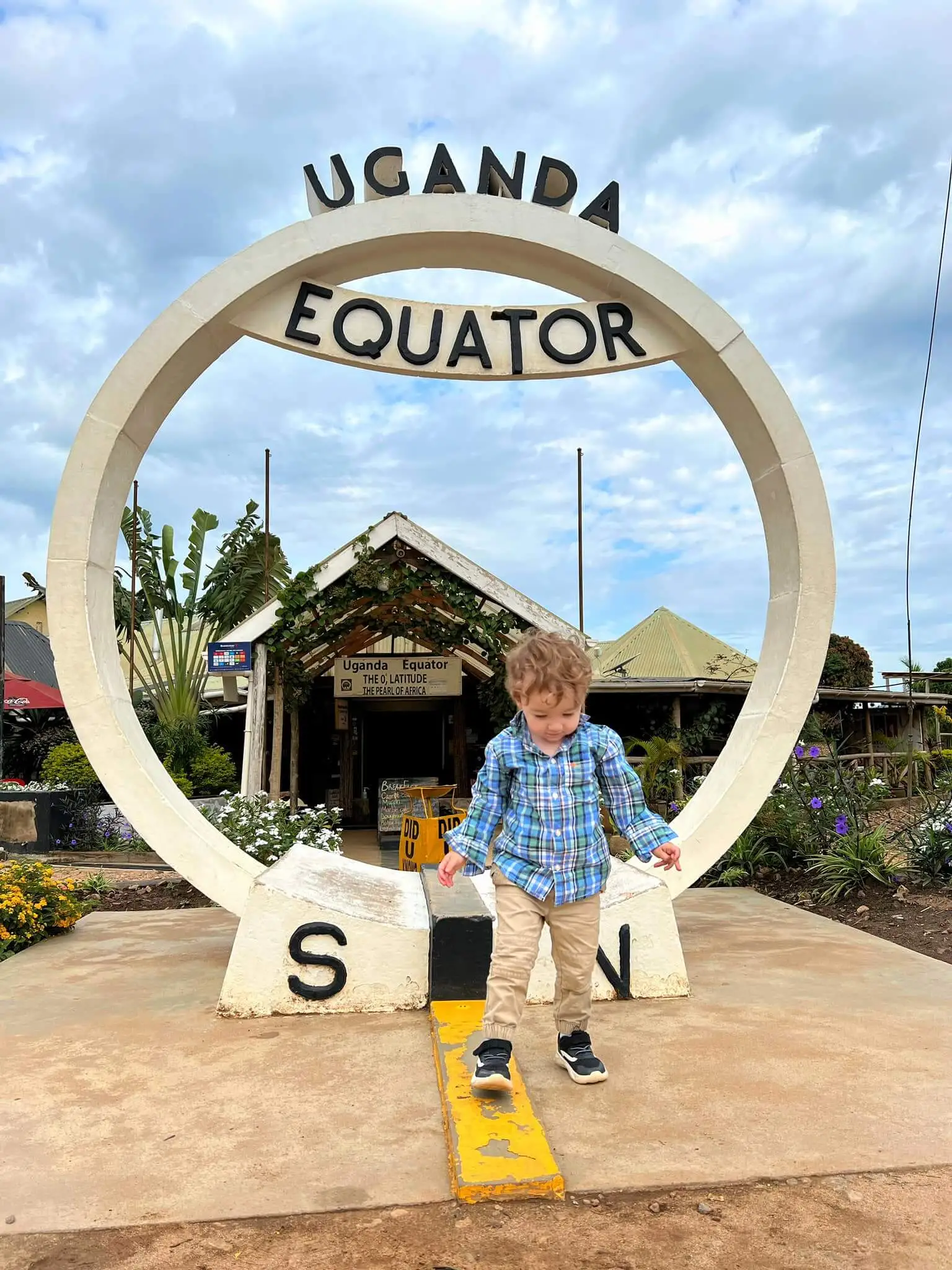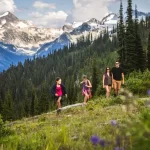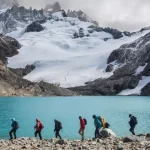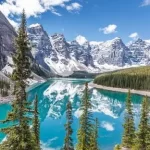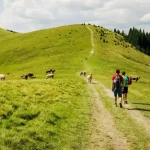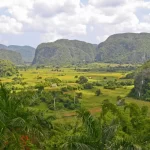The Annapurna Base Camp Trek is one of the most scenic and rewarding trekking routes in Nepal. Nestled in the majestic Annapurna mountain range of the Himalayas, this moderate to difficult trek offers breathtaking views, diverse landscapes, and a glimpse into Nepalese culture. In this article, I will share an overview of what to expect on the Annapurna Base Camp Trek and why it is considered one of the best trekking experiences in the world.
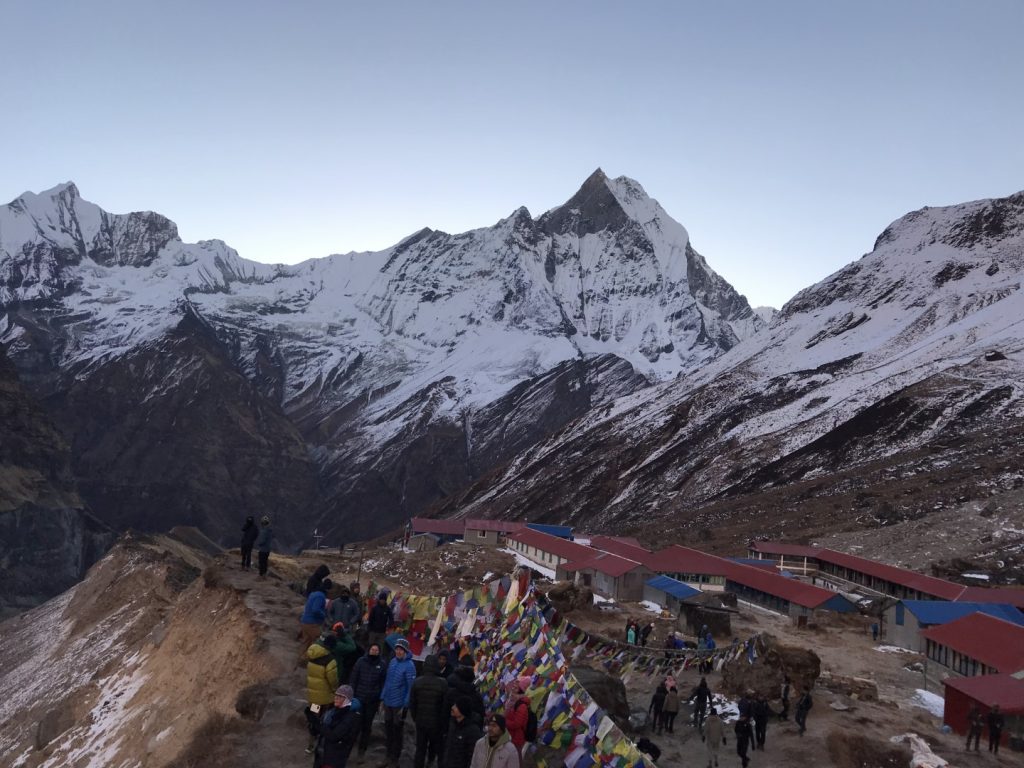
Content
Getting to the Trekking Trailhead
The trekking route begins in Pokhara, a beautiful lakeside city located around 200 km west of Kathmandu. Pokhara serves as the perfect starting point, with plenty of accommodation, restaurants, and trekking shops to help prepare for the journey ahead. From Pokhara, it is a short bus or taxi ride to Nayapul, where the trek officially begins. The first few hours take you through small villages and terraced fields, with views of the Annapurna range in the distance.
Diverse Terrain along the Way
Over the next few days, the trail takes you through varied terrain, from subtropical sal forests to high-altitude alpine zones. Some highlights include crossing through the charming villages of Ulleri and Ghorepani, which are inhabited by Gurung and Magar ethnic groups. The villages offer a glimpse into their rich culture and traditions. Another highlight is the sunrise views of the Himalayas from Poon Hill, a short detour from the main trail.
Experiencing Local Hospitality
The friendly locals play an important role in making the trek memorable. As you pass through villages along the way, you will see families going about their daily lives and children playing. Some homestays offer the unique experience of staying with local families. The food, particularly dal bhat (lentils and rice), is hearty and nourishing to keep trekkers energized. Local guides can also share fascinating stories about the culture and lifestyle.
Challenging Ascent to Base Camp
After crossing through alpine meadows and rhododendron forests, the trail gets more challenging as you gain elevation. The climb to Annapurna Base Camp at 4,130 meters tests trekkers’ physical limits but rewards them with ever-expanding views. Taking it slow and staying hydrated is key to avoid altitude sickness. The barren, rocky landscape feels like a different world compared to the lower regions. Reaching base camp and seeing the giant Annapurna massif up close is an exhilarating moment.
Heading Back Down
Retracing your steps over the next few days offers the opportunity to appreciate the varied scenery once again, this time with the sense of achievement of reaching base camp. Passing through villages gives trekkers chances to interact more with locals. Reaching Pokhara signifies the end of an unforgettable high-altitude adventure in the Annapurna region. The memories and views will stay with trekkers for years to come.
When to Go
The best times to do the Annapurna Base Camp Trek are during the spring (March-May) and autumn (September-November) seasons when the weather is generally warm and sunny during the day. The trails may be snowed in during winter (December-February). Summer (June-August) sees heavy monsoon rains which can make parts of the trail muddy and slippery.
In Summary
The Annapurna Base Camp Trek offers breathtaking Himalayan views, diverse landscapes and culture, and a true sense of achievement. With proper preparation and logistics in place, anyone with a moderate fitness level can enjoy this memorable high-altitude journey. The varied experiences along the way make it one of the most rewarding treks in Nepal.
FAQs
How fit do I need to be?
The trek requires a moderate to high level of fitness as there is elevation gain. Make sure to train and acclimatize properly.
What kind of gear do I need?
Essential gear includes trekking boots, waterproof jacket, warm layers, headlamp, first-aid kit, and daypack. You can rent gear in Pokhara too.

An avid traveler, Kirk Grover has been to over 50 countries. He has an extensive background in tourism and hospitality management, along with a degree in Hospitality Management from the University of Nevada Las Vegas. Kirk is very knowledgeable about travel-related topics – they are always up to date on the latest deals for flights, hotels, and other adventures around the world.
